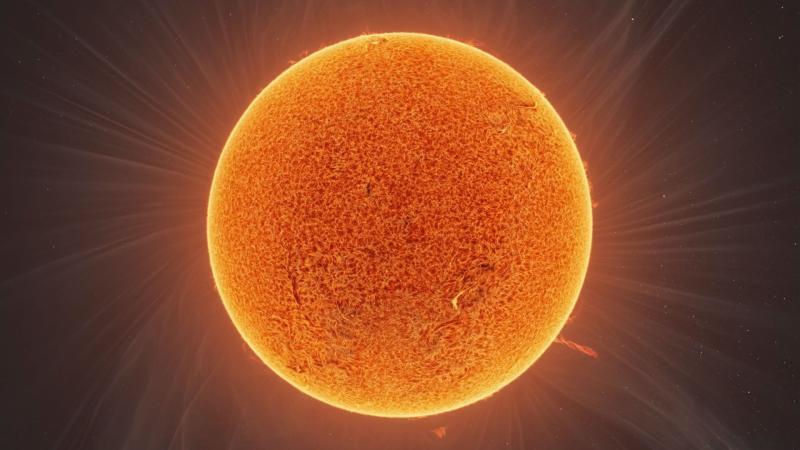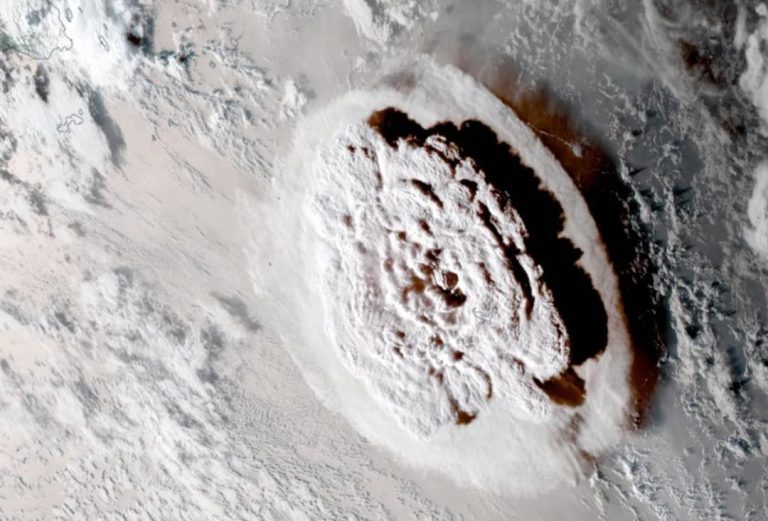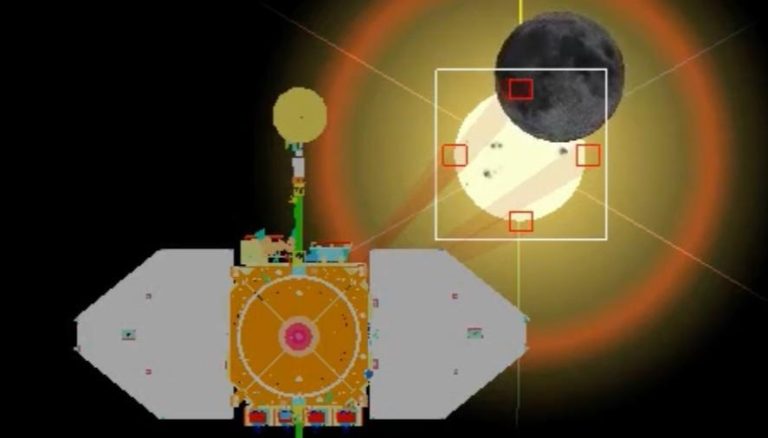
IISER Study Links Solar Cycle Shifts to Random Plasma Turbulence
The Sun, our star, is a fascinating and complex celestial body. Its activity is marked by cycles of intense magnetic activity, known as the solar cycle, which lasts approximately 11 years. However, a recent study by researchers from the Indian Institute of Science Education and Research (IISER) Kolkata has shed new light on the underlying mechanisms driving these cycles. According to the study, long-term variations in solar activity are influenced by random disturbances within the Sun’s turbulent plasma.
The research, published in a recent paper, presents simulations that demonstrate the crucial role of stochastic forces in shaping the Sun’s behavior. These findings offer a fresh perspective on the supradecadal patterns of solar activity, going beyond the traditional 11-year cycle.
The Sun’s plasma, a hot and ionized gas, is inherently turbulent, with random fluctuations occurring due to the interactions between magnetic fields, convection, and other processes. The IISER researchers used advanced computer simulations to investigate how these random disturbances impact the Sun’s magnetic field and, subsequently, its solar activity.
The team, led by Dr. Arnab Chakraborty, used a combination of numerical methods and analytical techniques to study the dynamics of the Sun’s plasma. Their simulations revealed that the random turbulence in the plasma plays a vital role in inducing shifts in the solar cycle. These stochastic forces can influence the formation of sunspots, which are dark regions on the Sun’s surface caused by intense magnetic activity.
The researchers found that the random turbulence in the plasma can either enhance or suppress the formation of sunspots, leading to variations in the solar cycle’s amplitude and duration. This suggests that the traditional 11-year cycle is not the only driver of solar activity, but rather one of the many possible outcomes of the complex interactions between magnetic fields, convection, and other processes.
The study’s findings have significant implications for our understanding of the Sun’s behavior and its impact on the Earth’s magnetic field and climate. The IISER researchers’ simulations suggest that the random turbulence in the plasma can influence the strength and orientation of the Sun’s magnetic field, which in turn affects the Earth’s magnetic field and the solar wind.
“This study highlights the importance of considering random turbulence in the plasma when modeling the Sun’s behavior,” said Dr. Chakraborty. “Our simulations show that these stochastic forces can have a significant impact on the solar cycle, offering new insights into the underlying mechanisms driving the Sun’s activity.”
The IISER researchers’ work has far-reaching implications for our understanding of the Sun’s behavior and its impact on the Earth. The study’s findings could help improve our forecasting capabilities for solar activity, which is essential for predicting space weather events that can affect satellite communications, navigation systems, and even the Earth’s magnetic field.
In conclusion, the IISER study offers a fresh perspective on the supradecadal patterns of solar activity, emphasizing the crucial role of random plasma turbulence in shaping the Sun’s behavior. The research highlights the importance of considering stochastic forces in plasma dynamics, which could lead to significant advancements in our understanding of the Sun’s behavior and its impact on the Earth.






